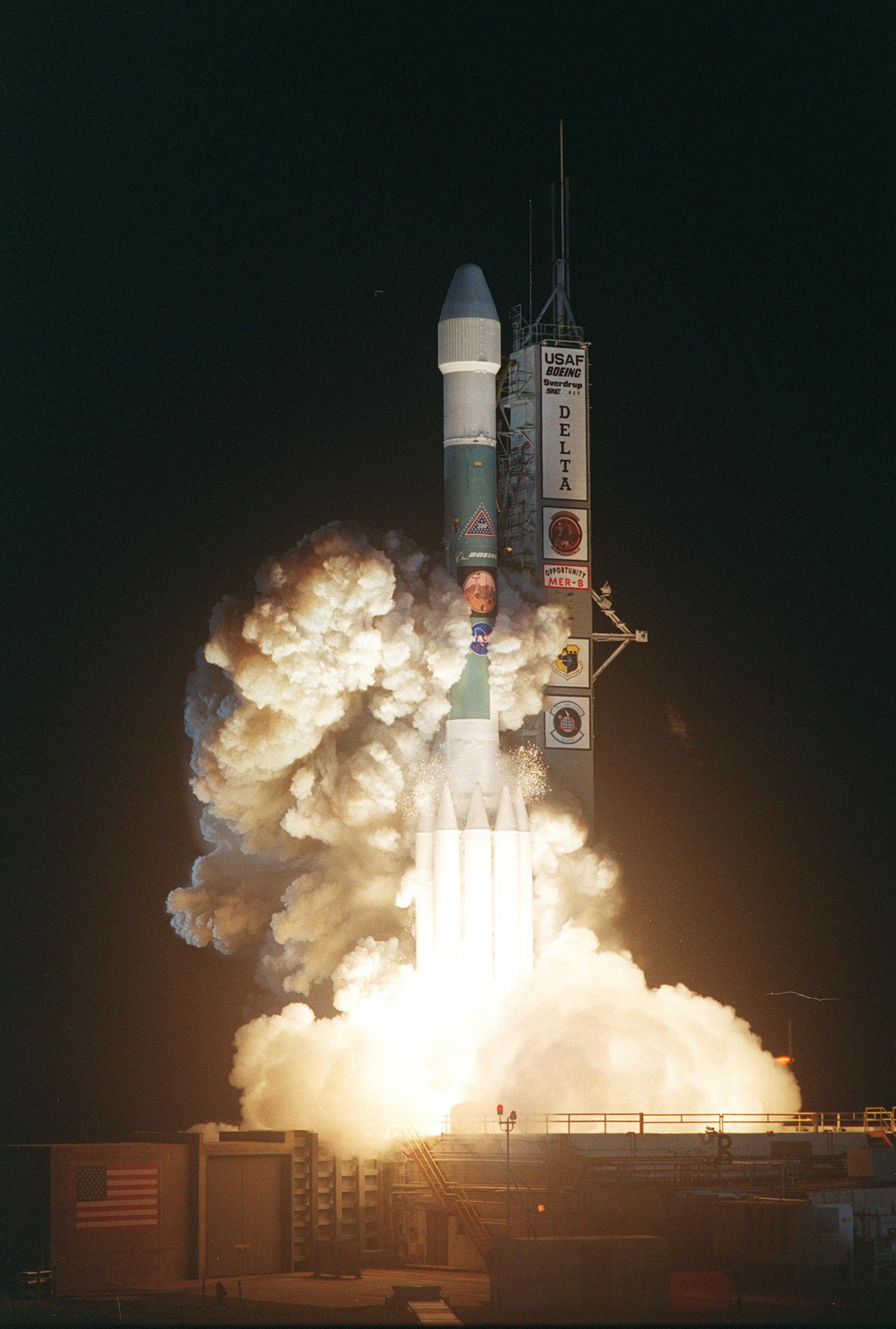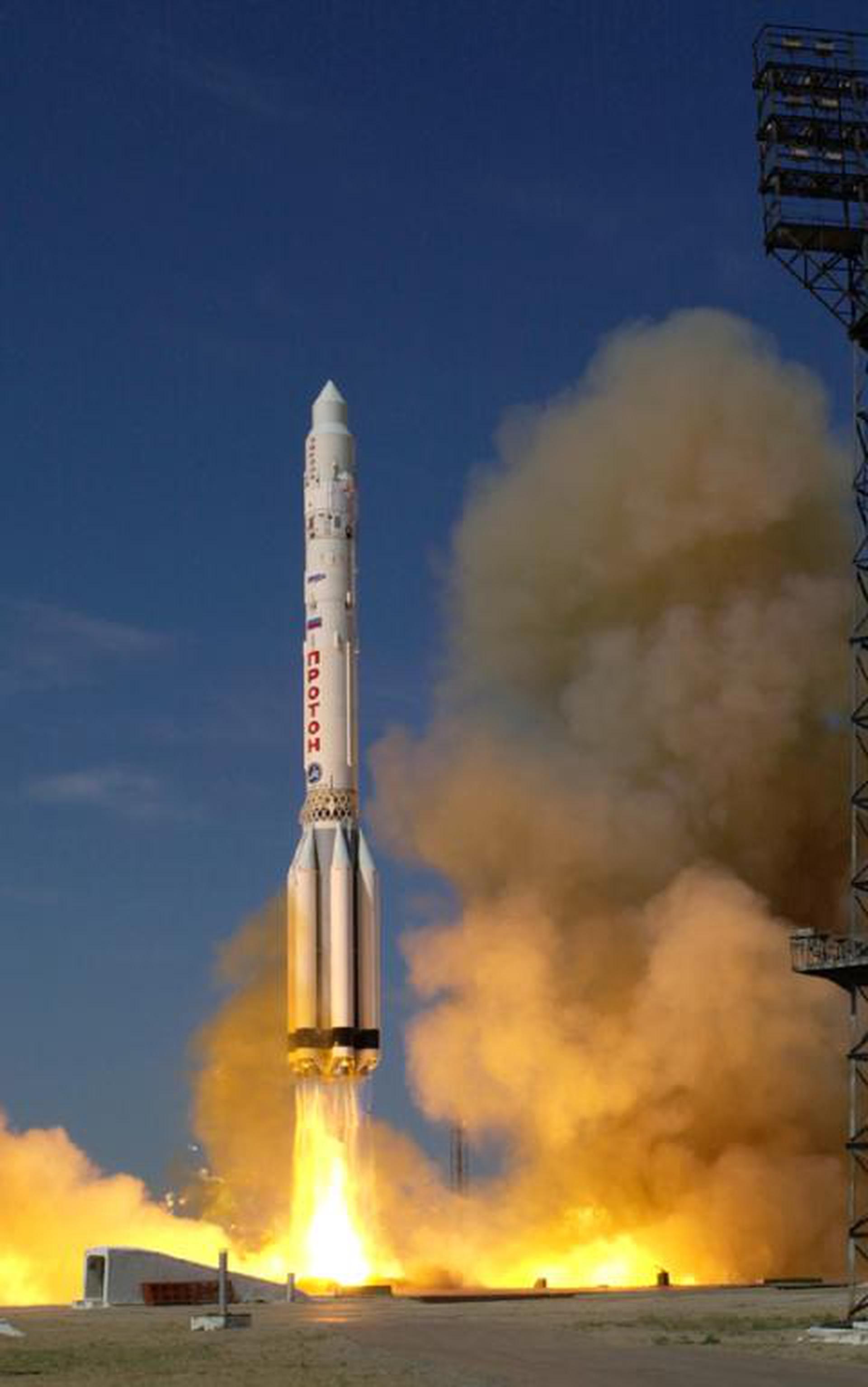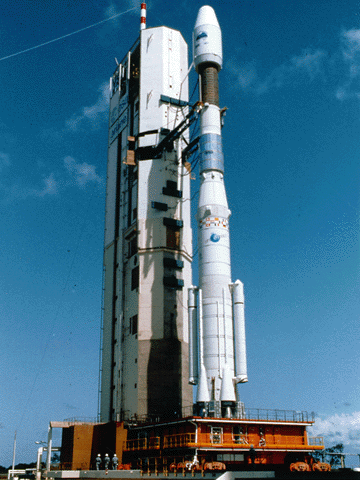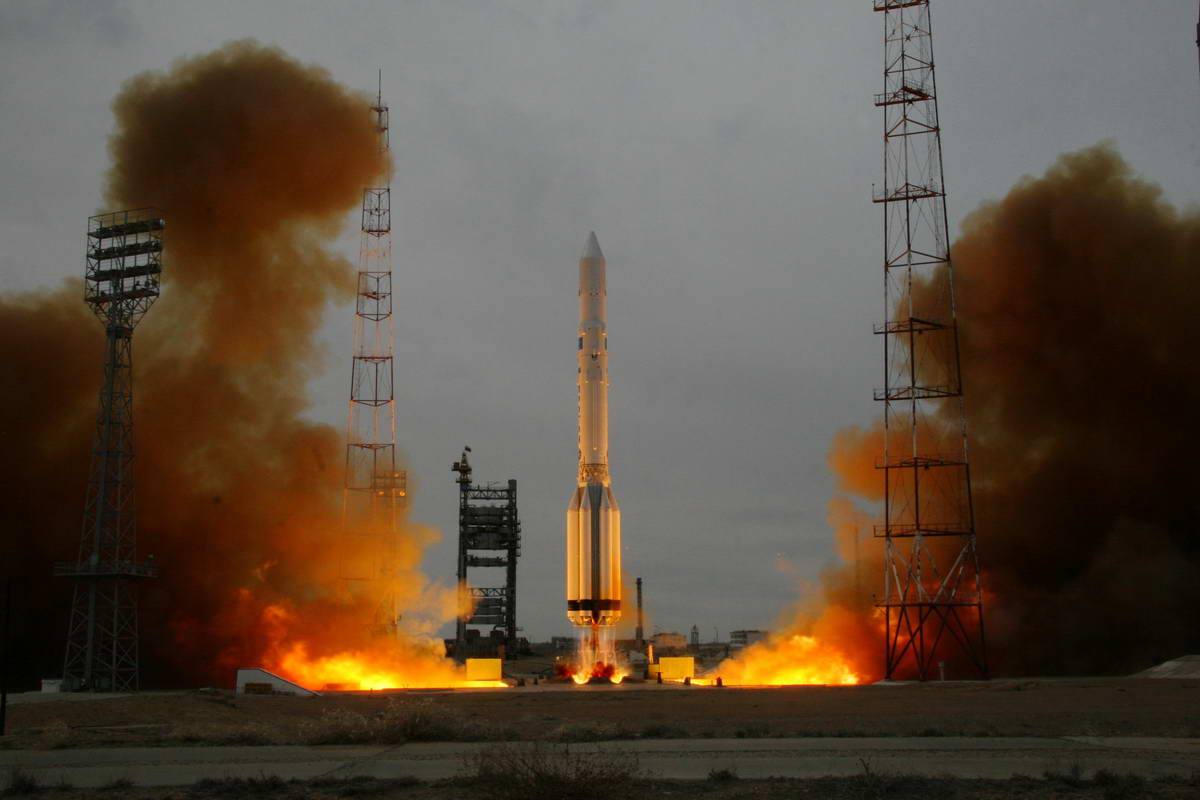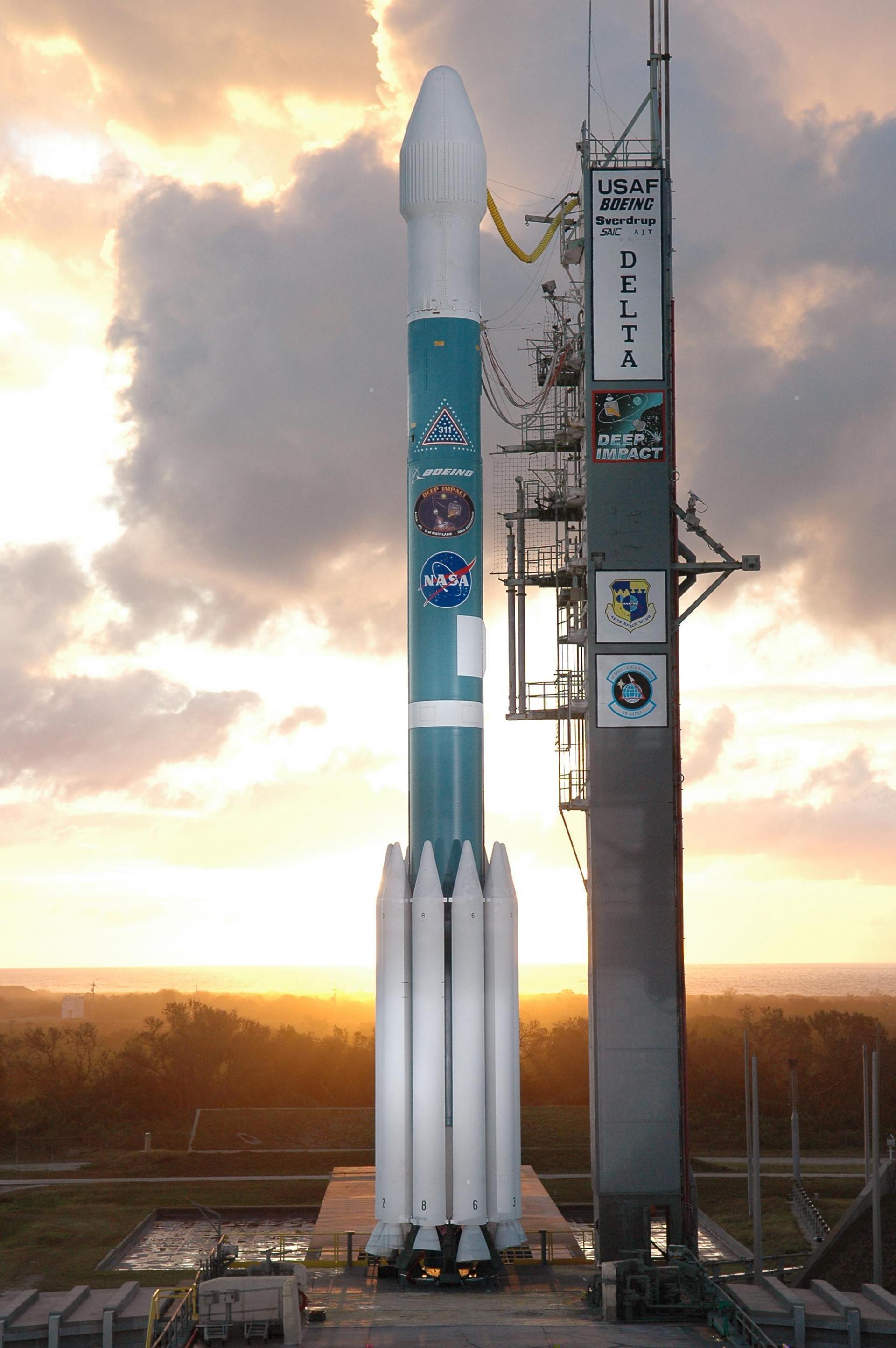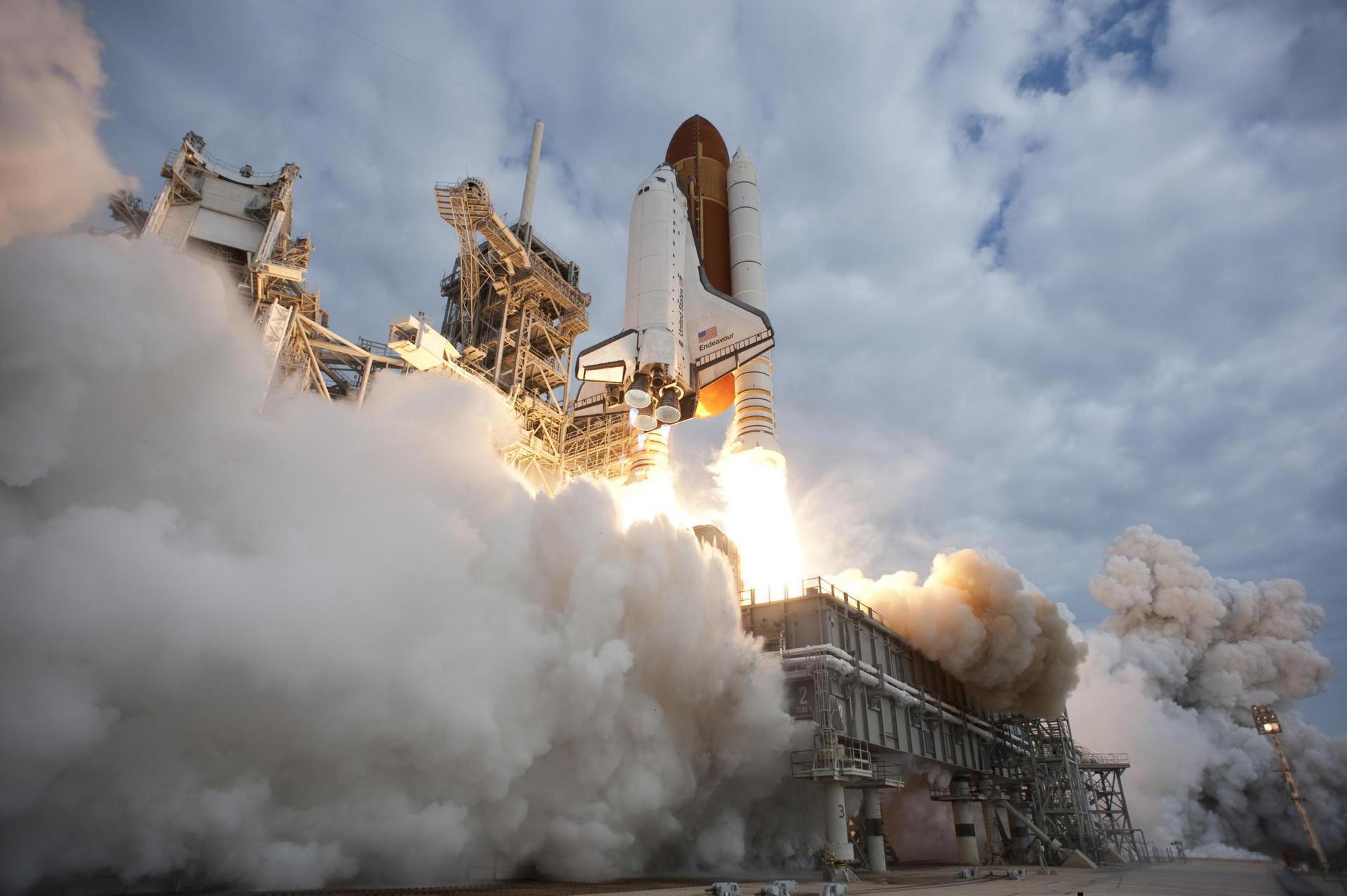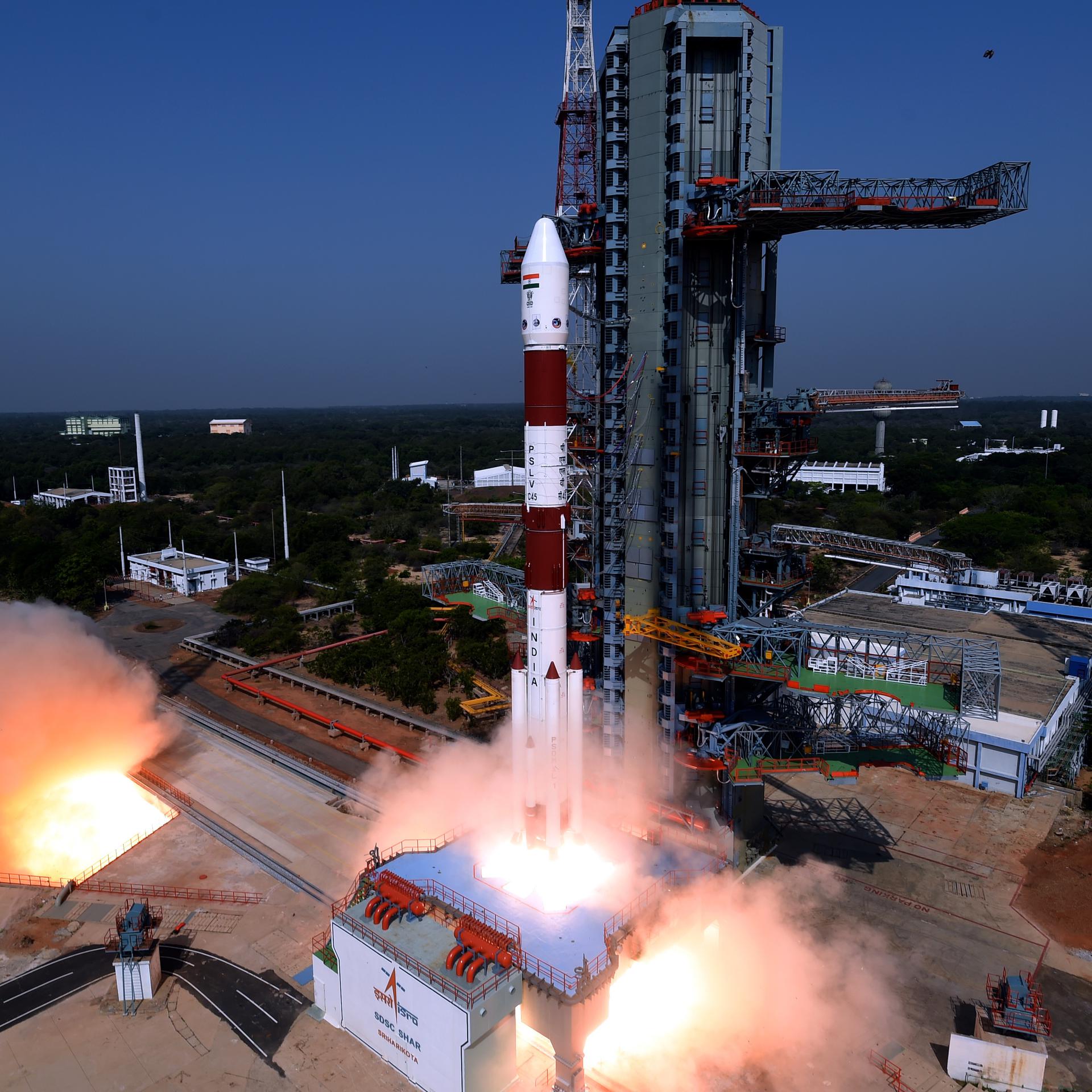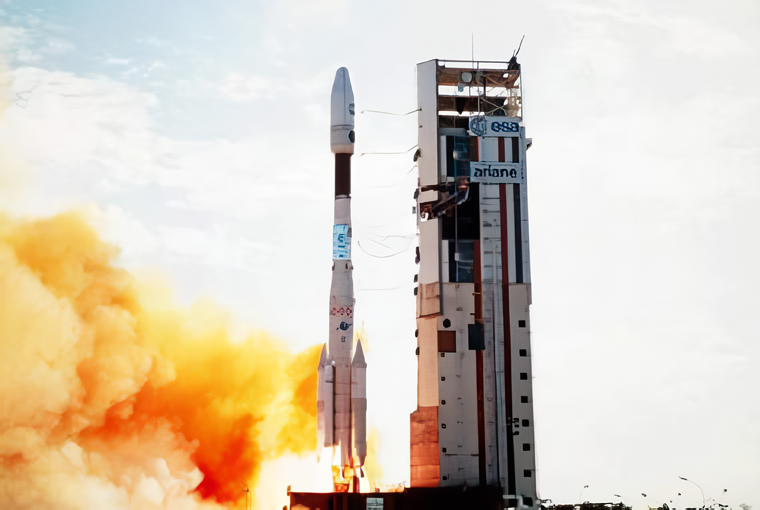Previous Spaceflight Launches
Filter by Agency, Locations or Vehicles
Show All LaunchesDelta II | MSX
United Launch Alliance | United States of AmericaVandenberg SFB, CA, USA
April 24, 1996, 12:27 p.m.
Status: Launch Successful
Mission:
MSX (Midcourse Space Experiment) demonstrated different multispectral imaging technologies to identify and track ballistic missiles during flight by observing rocket launches and orbital debris. Additionally it measured the composition and dynamics of the Earth's atmosphere by observing ozone, chloroflourocarbons, carbon dioxide and methane.
Low Earth OrbitProton | Priroda
Khrunichev State Research and Production Space Center | RussiaBaikonur Cosmodrome, Republic of Kazakhstan
April 23, 1996, 11:48 a.m.
Status: Launch Successful
Mission:
Priroda was the last of the scheduled five Russian modules of the Mir space station complex and was launched from the Baykonur cosmodrome by a Proton-K rocket to dock after 3 days rather than the usual 9 days. The launch itself was 3 days earlier than the planned date in order to facilitate an American microbiology program.
Low Earth OrbitAriane 42P | M-SAT 1
Aérospatiale | FranceGuiana Space Centre, French Guiana
April 20, 1996, 10:36 p.m.
Proton-K/DM-2M | Astra 1F
Khrunichev State Research and Production Space Center | RussiaBaikonur Cosmodrome, Republic of Kazakhstan
April 8, 1996, 11:09 p.m.
Atlas IIA | INMARSAT III F-1
Lockheed Martin | United States of AmericaCape Canaveral SFS, FL, USA
April 3, 1996, 11:01 p.m.
Status: Launch Successful
Mission:
Launched in 1996-8, the Inmarsat-3s were built by Lockheed Martin Astro Space (now Lockheed Martin Missiles & Space) of the USA, responsible for the basic spacecraft, and the European Matra Marconi Space (now Astrium), which developed the communications payload.
Geostationary OrbitDelta II | GPS IIA-16
United Launch Alliance | United States of AmericaCape Canaveral SFS, FL, USA
March 28, 1996, 12:21 a.m.
Space Shuttle Atlantis / OV-104 | STS-76
National Aeronautics and Space Administration | United States of AmericaKennedy Space Center, FL, USA
March 22, 1996, 8:13 a.m.
Status: Launch Successful
Mission:
STS-76 was NASA's 76th Space Shuttle mission, and the 16th mission for Atlantis. STS-76 launched on 22 March 1996 at 3:13 am EST (UTC −5) from Kennedy Space Center launch pad 39B. STS-76 lasted over 9 days, traveled about 3,800,000 miles (6,100,000 km) while orbiting Earth an estimated 145 times, and landing at 5:28 am PST (UTC −8) on 31 March 1996 at Edwards Air Force Base runway 22.
Low Earth OrbitPSLV | IRS-P3
Indian Space Research Organization | IndiaSatish Dhawan Space Centre, India
March 21, 1996, 4:53 a.m.
Soyuz-U-PVB | Yantar-4K2 75
Progress Rocket Space Center | RussiaPlesetsk Cosmodrome, Russian Federation
March 14, 1996, 5:40 p.m.
Ariane 44LP | INTELSAT 707
Aérospatiale | FranceGuiana Space Centre, French Guiana
March 14, 1996, 7:11 a.m.
